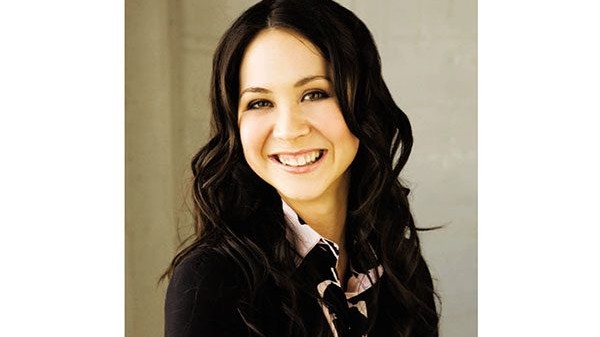What to do in a traffic a traffic accident

Being involved in a traffic accident can be stressful and frightening. If you are unlucky enough to find yourself in this situation, the best way to deal with it is to be prepared.
Many things will cross your mind at the time of an accident. Am I injured? Have I harmed anyone? How expensive is this going to be? What will I do now without a car? Did anyone see how this happened? These handy tips will help you navigate your way through this challenging time.
Keep calm and carry on
When you find yourself in a traffic accident, you will be in a state of shock. The best thing to do is to try and remain calm. Just take your time and remember that whatever happens from here, you are still alive.
Safety assessment
The next thing to do is ensure you are okay and that everyone else is too. Check if anyone is hurt and has any injuries, including yourself. Any injuries must be reported to the police within 24 hours. If someone is injured or trapped inside a vehicle, but there is no immediate threat or danger, call teave the person where they are until emergency services arrive.
If the vehicle or vehicles are still dhe police, fire service or ambulance and lriveable and it is safe to do so, move them to the side of the road and out of the way of oncoming traffic. Make sure to take photos before moving the vehicles for insurance and police purposes. Once this is done, turn on your hazard lights, which will alert other drivers to the fact that there has been a collision.
It is an offence to fail to stop and ascertain whether any person has been injured and render assistance after an accident. If a person has been injured or killed and you fail to stop, the maximum penalty is a fine of $20,000, five years’ imprisonment and disqualification from driving for at least a year and a day.
Documenting events
If the accident involves another person’s property, do not accept blame until the police and your insurer assess the situation. To ensure they have the best picture of the situation, remember that it is good to draw a picture and take photos of the scene for evidence. Record as much information as possible, such as the date and time of the accident, where it happened, the road conditions, the speed you were travelling, the speed you think the other driver was travelling and how you think you ended up in an accident.
Ask the other driver/s involved for their contact information, their insurance details, their driver licence number and the make, model and registration number of their vehicle. If there are any witnesses, ask them if they can wait until the police arrive or take their details down and contact them later.
Insurance
Once all the above has been taken care of, you will need to contact your insurance company and explain to them what has happened. This is the best way to put your mind at ease, knowing that your insurance company will handle everything from here, and they may even provide you with a courtesy car in the meantime. Typically, they can assist with arranging the towing of your car and find a mechanic to fix your vehicle. If your car has been written off, you will receive a payout to purchase a new one.
No insurance
If you do not have insurance, an accident may be a sign to invest in the future because now you will have the burden of handling everything yourself. Make sure you find a reputable towing company and repairers to help with the aftermath. If another car was involved, then you and the other party will need to figure out who will be paying and agree on a sum. If this cannot be resolved, the matter may need to go to the Disputes Tribunal to be determined.


